Results
-
 £84.99
£84.99Best Friends - Johan Nijs
Friends are of the utmost importance in any person's life. True friends can always count on one another, even if they don't meet up as often as they might wish. With Best Friends, the Belgian composer Johan Nijs portrays this themein a wonderful ballad that can be played on the trumpet, euphonium or trombone. A great chance to put one of your players in the spotlight.
Estimated dispatch 7-14 working days
-
 £91.99
£91.99Exultation - Philip Sparke
Exultation is a short and energetic concert opener that is similar to a palindrome. A fanfare opens the work, juxtaposing 3/4 and 6/8, reminiscent of Latin-American music.The main theme is first heard on the euphonium, horns and saxophones which is very bluesy. The contrasting second theme is short and spikey and played by the bass instruments of the band. A lyric melody emerges as the rest of the orchestra joins in.The second theme reappears which leads back to the 'blues' melody, which leads back to the opening fanfare. Palindromic!
Estimated dispatch 7-14 working days
-
 £79.99
£79.99O Waly Waly (A Rhapsody for Band) - Jay Bocook
Dating from the 1600s, the folk song O Waly, Waly (commonly known as The Water is Wide) forms the basis for this well-crafted rhapsody for band. The lyrical opening section features solos on flute and euphonium, as a four-notemotif common to this song and also Carolina (South Caroline's official song) is developed. This motif unifies the entire work. A Celtic flavored Allegro takes over using this fragment, which leads ultimately to a grand Maestososection for the entire ensemble. A creative and dynamic work for contest or festival! Dur: 5:00
Estimated dispatch 7-14 working days
-
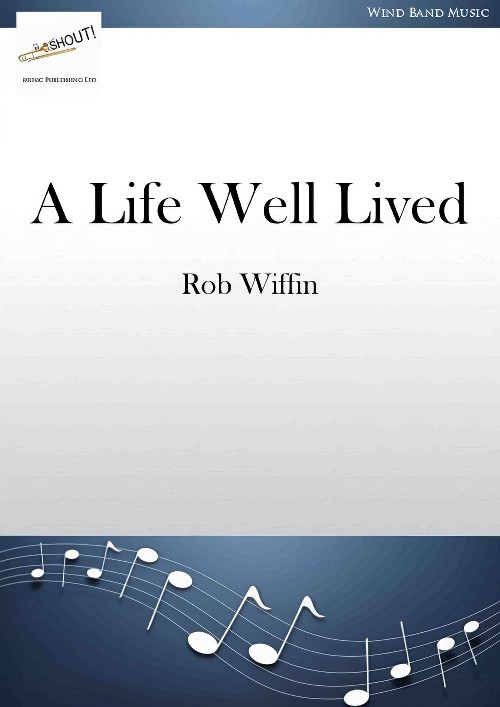 £49.95
£49.95A Life Well Lived (Concert Band - Score and Parts) - Wiffin, Rob
A Life well lived was commissioned by the Morrish family in 2023 on the death of Ian Morrish. It is dedicated to them with the inscription in loving memory of Ian.I knew Ian from early days at Southall Citadel Salvation Army Corps and then our paths crossed again briefly when I joined the Central Band of the Royal Air Force. Ian had been a euphonium player in the band for many years and was about to leave to take up a teaching post in Surrey. He was always very involved in choral music, conducting choirs throughout his life. I therefore wanted to keep this piece song-like and actually started with the song which appears from letter D to the end, which can always be performed on its own. From there I used the rising octaves that introduce the song to form the beginning of the work, with the feeling in the back of my head of a river starting to flow. There is nothing referential in the more dramatic sections towards the beginning, but every life has its dramas and I wanted something to give some balance to the tranquil nature of much of the piece. In the middle of the work I use a little motif taken from a song I remember Ian singing in his floating tenor voice. I develop the motif a little as an accompaniment to a new line which has, for me, a sense of purpose and directness and has an oblique reference to the RAF March Past. This builds to the aforementioned song and from there the music flows with its highs and lows to its peaceful conclusion.- Rob WiffinDuration: 3.30
Estimated dispatch 7-14 working days
-
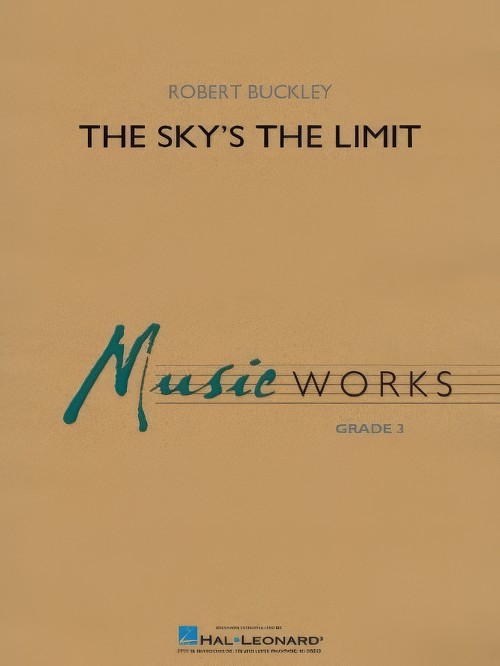 £72.99
£72.99The Sky's the Limit (Concert Band - Score and Parts) - Buckley, Robert
The Sky's the Limit is a celebratory overture that explodes with positive energy and exuberance. From the triumphant opening fanfare to the beautifully elegant euphonium solo (cued in various instruments) to the final exhilarating flourish, this piece is full of powerful melodies, driving percussion and dynamic contrasts. A joyful tour-de-force showcasing all sections of the band! Duration: 4:45
Estimated dispatch 7-14 working days
-
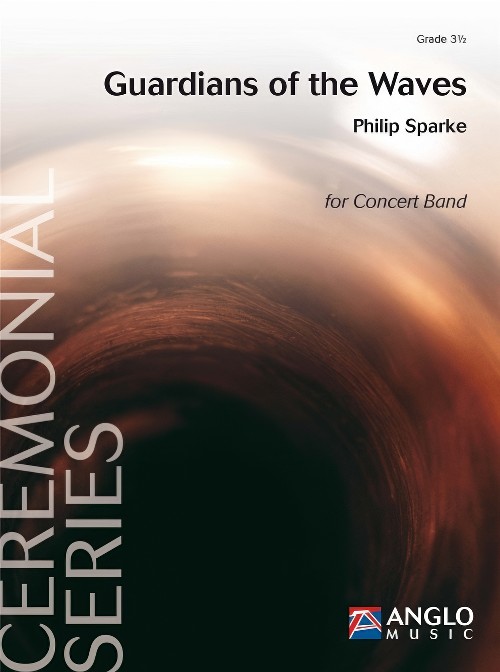 £91.99
£91.99Guardians of the Waves (Concert Band - Score and Parts) - Sparke, Philip
Guardians of the Waves was commissioned by the Japan Coast Guard Band to celebrate their 30th anniversary in 2018. They gave the premiere as part of a 30th anniversary concert on November 8th that year. Set in traditional march form, Guardians of the Waves opens with a short introduction, which leads to the main theme, played initially by the brass and then repeated with a florid woodwind descant. The theme is extended and morphs into a second theme, first played tutti and then quietly repeated by bassoon, tenor sax and euphonium. This leads to a conventional 'bass strain', played twice with varying accompaniments. A quieter trio section follows, delicately scored and featuring the tenor instruments of the band. Taken up by the full band, this leads back to a recall of the introduction and a return to the main two themes, which lead to a triumphal close. Duration: 4.00
Estimated dispatch 7-14 working days
-
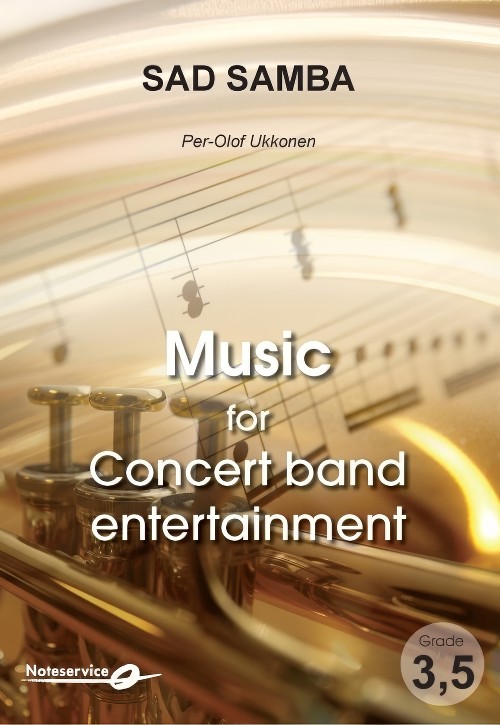 £688.20
£688.20Sad Samba (Concert Band - Score and Parts) - Ukkonen, Per-Olof
Sad Samba is a happy samba in a minor key. Starts soft, builds up and ends kind of softly. There is a solo section (ad lib.) for any instrument. If possible, feel free to use a soft instrument such as flute, alto flute, euphonium etc. Finally, you don't need all the percussion. You'll come a long way with just triangle and drum set. Duration: 4.30
Estimated dispatch 7-14 working days
-
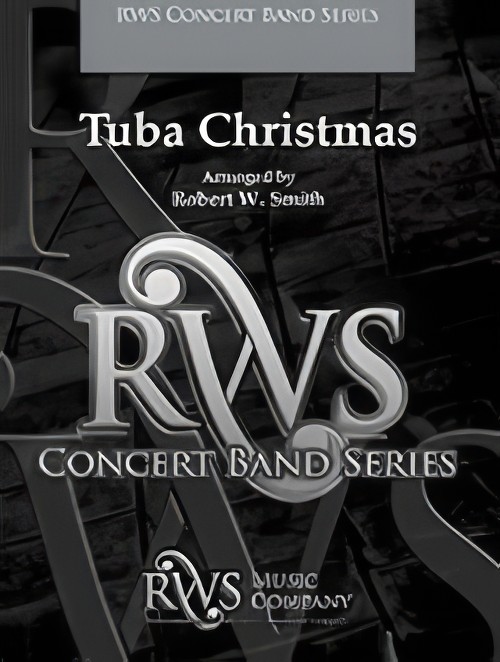 £75.00
£75.00Tuba Christmas (Low Brass Section Feature with Concert Band - Score and Parts) - Smith, Robert W.
Featuring your tuba and euphonium sections, Tuba Christmas is a delightful addition to your holiday concert program. Featuring classic melodies in creative settings, the arrangement is musically effective and well crafted for the entire band. Ending with a farewell coda based on "We Wish You A Merry Christmas," the tubas and euphoniums will be the stars of your holiday performance! Duration: 2.30
Estimated dispatch 7-14 working days
-
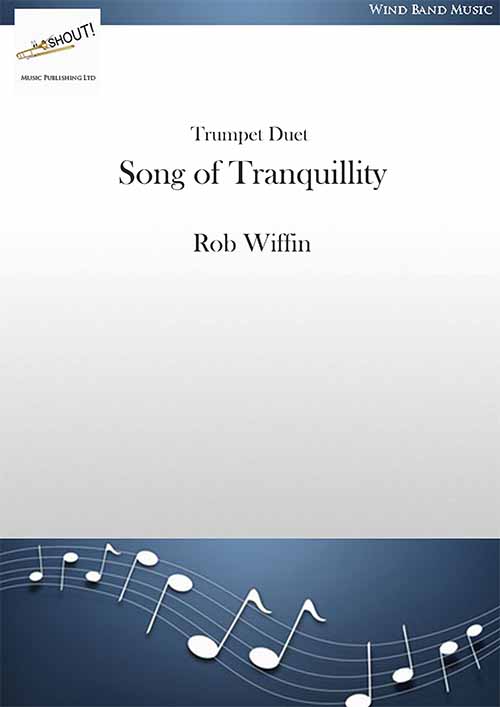 £33.95
£33.95Song of Tranquillity (Trumpet Duet with Concert Band - Score and Parts) - Wiffin, Rob
A reflective piece featuring two trumpets and band but also playable as a solo for trumpet, trombone or euphonium. The composer wrote Song of Tranquillity just after a close friend died suddenly. It was cathartic, just written to reflect the release from pain to peace. It fits the expressive style and power of the solo brass instruments.Duration: 3.45
Estimated dispatch 7-14 working days
-
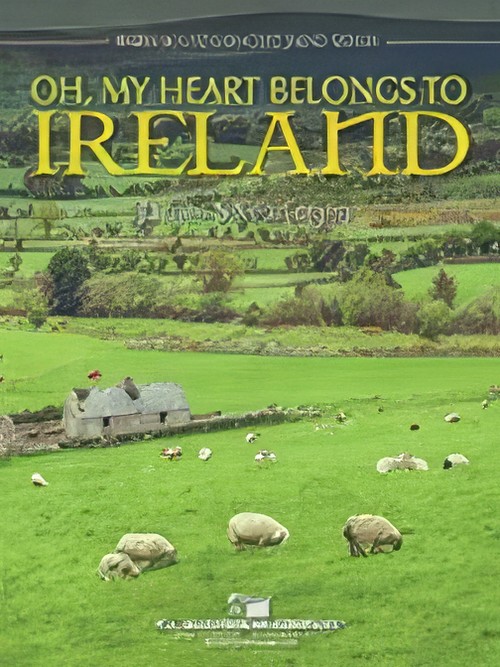 £68.00
£68.00Oh, My Heart Belongs to Ireland (Concert Band - Score and Parts) - Swearingen, James
It's virtually impossible to visit Ireland without feeling an instant appreciation for the scenic countryside, the endearing charm of its many citizens, and for the deep-rooted history of the country's many crowning achievements. Solo trumpet/cornet (cued for euphonium) packaged with a brief, but optional, vocal solo highlights the beginning and ending of this beautiful piece. The middle section is pure Irish charm with a light and lively theme performed over the drones of bagpipes along with the rudimental sounds of drummers drumming. Simply stunning! Duration: 3.30
Estimated dispatch 7-14 working days
